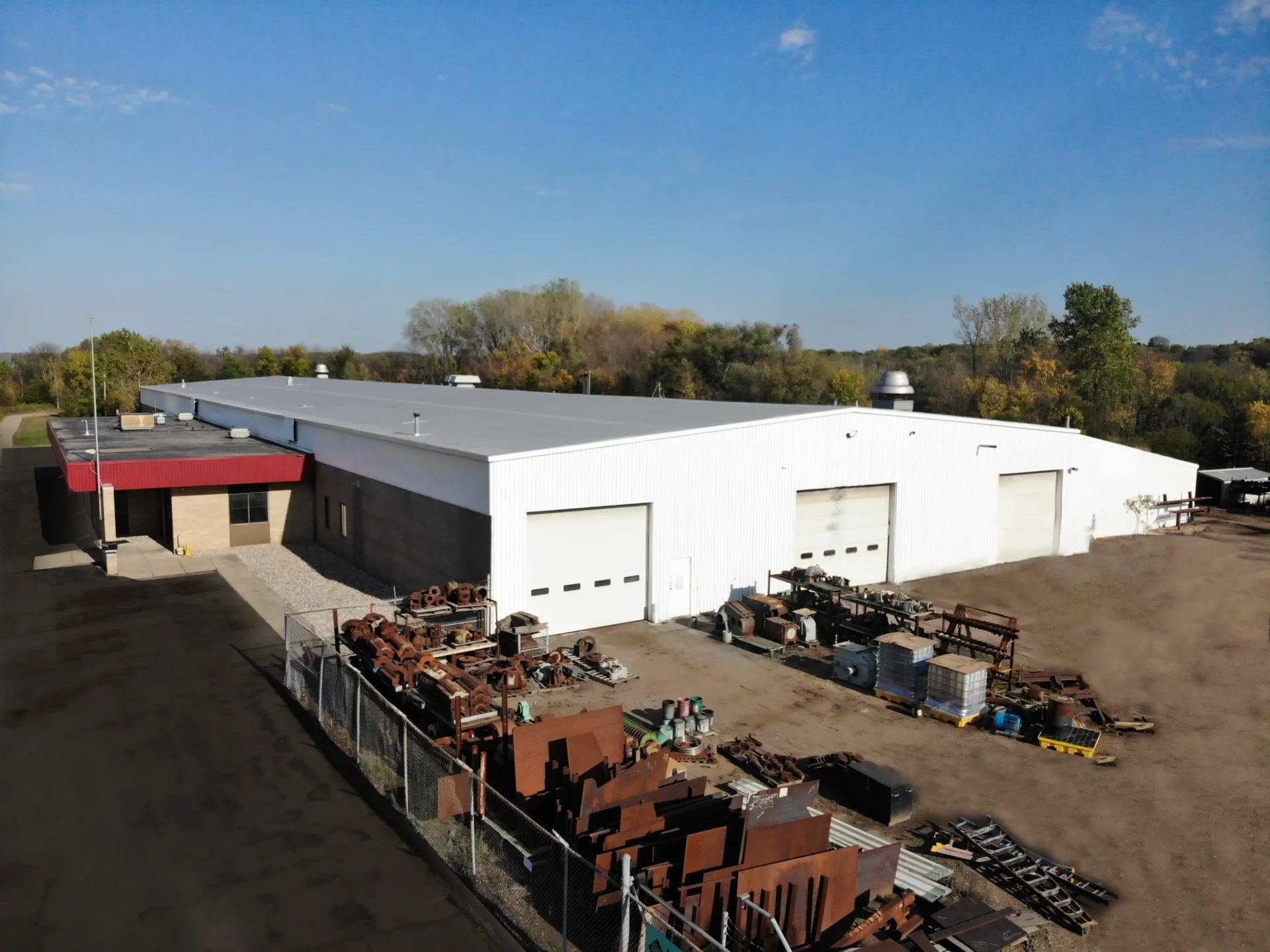Poultry
Processing feathers, viscera, blood, or whole birds, Alloy has the expertise to maximize your investment, engineered custom for your needs.
Processing feathers, viscera, blood, or whole birds. Alloy has the expertise to maximize your investment, engineered custom for your needs.
Alloy has been a leader in Cattle and Hog processing, designing and building rugged rendering equipment since 1953.
Your partner in upcycling, Alloy knows how important reclaiming oil is for a greener tomorrow, and the most efficient ways to do it. Upcycling used cooking oil into valuable biodiesel or feedstock products, Alloy is with you every step of the way.
Working together towards a greener, more sustainable future, Alloy understands your food waste goals. Repurposing organic waste into saleable oils, animal feeds, and fertilizers to provide economic, social, and environmental benefits.
Partnering with industry leaders worldwide, Alloy designs help you handle your FOG, TSS, and BOD, tailored to your plants’ specific needs. Efficient, cost effective, and profitable reclamation of fats, oils, and solids.
We’ve seen it all, our application engineers know what you need to go from concept to reality, no matter your product.
We design, manufacture and install high-quality processing equipment. Our superior design & engineering, precise manufacturing and skilled installation teams, will provide you with the best solution to improve your bottom line.
Learn MoreProcessing feathers, viscera, blood, or whole birds, Alloy has the expertise to maximize your investment, engineered custom for your needs.
Alloy has been a leader in Cattle and Hog rendering, designing and building rugged equipment since 1953.
Your partner in upcycling, Alloy knows how important reclaiming oil is for a greener tomorrow, and the most efficient ways to do it.
Partnering with industry leaders worldwide, Alloy designs help you handle your FOG, TSS, and BOD, tailored to your plants’ specific needs.
Working together towards a greener, more sustainable future, Alloy understands your food waste goals.
We’ve seen it all, our application engineers know what you need to go from concept to reality, no matter your product.
With 70 years of serving processors, Alloy has the experience you seek, experience to both get you operating and keep you operating. Alloy prides itself in applying solid design principles, precision manufacturing, skilled installation, and after-sales service for all the quality products we sell.
Learn More
Our 55,000 sq. ft. facility located in Jordan, Minnesota.